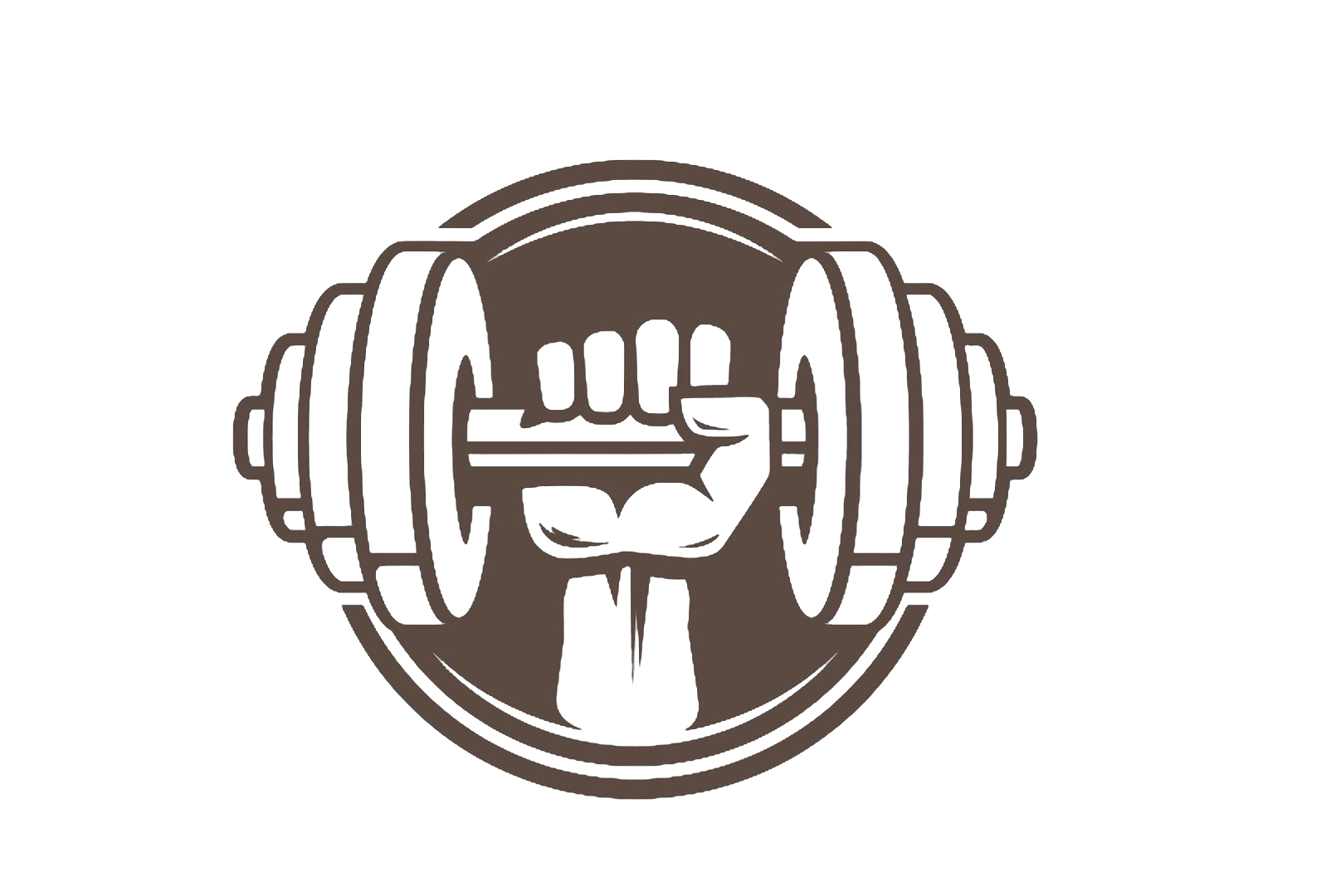
Resistance Bands: Your Versatile Partner for Optimal Training

Resistance bands have established themselves as essential fitness tools, suitable for all skill levels. They offer a host of benefits for everyday use, health promotion and performance optimization. Integrating these bands into your routine, whether for pre-adaptation, rehabilitation or training, opens the door to a host of benefits.
What are resistance bands?
Also known as training bands or exercise bands, resistance bands are rubber elastics widely used in rehabilitation, stretching, mobility and resistance training exercises. They provide external resistance without the need for traditional weights or heavy equipment. Available in different sizes and resistance levels, they can be straight or looped.
Versatile, these bands adapt to a variety of exercise options. Whether you use them in isolation with your body weight, or as a complement to free weights and machines, they offer infinite variety.
Benefits of resistance bands
The benefits of resistance bands range from improved athletic performance to injury prevention.
Strength and Athletic Performance:
Resistance bands are invaluable allies in strength training, promoting muscle development and improving mobility. Their use enables training in a variety of planes, both horizontal and vertical, as well as in rotational movements often neglected in traditional training methods.
Core Stabilization and Activation:
Resistance band exercises stabilize the core, improving balance and strength, and helping to relieve back, hip and knee pain.
Exercise modifications:
Resistance bands add variety to your program by modifying existing exercises, adapting the intensity to your needs. They are also ideal for specific exercises, such as assisted pull-ups, expanding your training possibilities.
Provide Resistance:
Bands offer constant resistance throughout the entire range of movement, challenging muscles in both concentric and eccentric phases, as well as in the rest phase.
Lighten the load on joints:
Resistance bands stimulate muscles while reducing the force exerted on joints, offering a safe option for training.
Rehabilitation:
Often used in physiotherapy, resistance bands target specific areas to strengthen muscles or increase mobility, contributing to rehabilitation after injury.
Stretching and mobility:
Resistance bands facilitate stretching and mobility exercises, improving flexibility and range of motion and reducing the risk of injury.
Accessibility:
Accessible and affordable, resistance bands are an economical choice for effective training, whether at home, travelling or at the gym.
Types of Resistance Bands
Different types of bands meet specific needs, from rehabilitation to intensive training. From therapeutic bands to Fit Loop bracelets, each variety offers unique possibilities.
How to choose the best resistance bands?
Choosing the right resistance band depends on your goals and strength level. Lighter bands are ideal for rehabilitation, while higher resistances are suitable for lower-body exercises. Consider the variety of resistance levels, the length, and choose bands tailored to your specific needs.
Training and Exercise with Resistance Bands
Exercises such as squats, hamstring curls, pull-ups, push-ups and many others can be performed with resistance bands. Maintaining good form, correct posture and gradual progression is essential for safe and effective workouts.
Precautions when using resistance bands
Check the condition of bands regularly, secure anchors correctly, start with appropriate resistance levels and maintain correct form. Working with a fitness professional can provide personalized advice and ensure safe and effective workouts.




